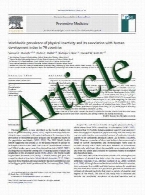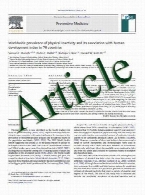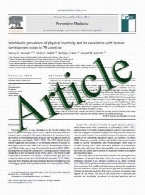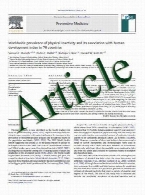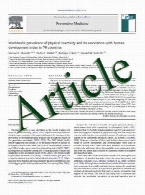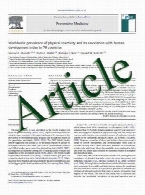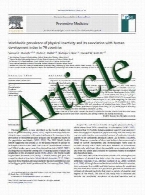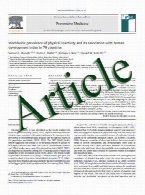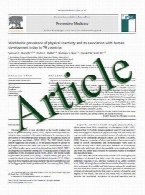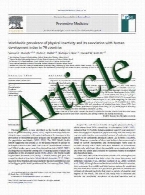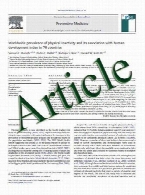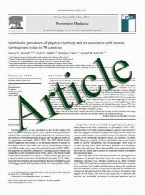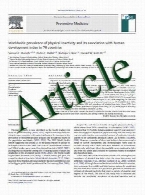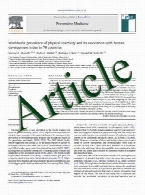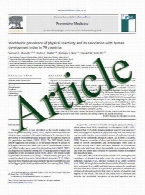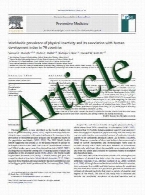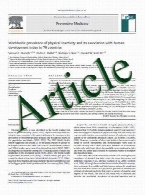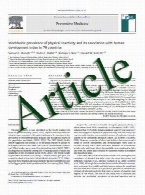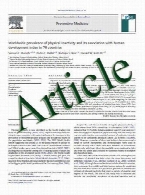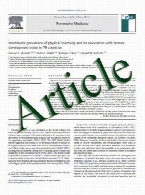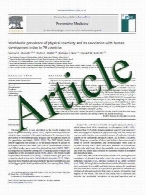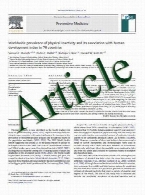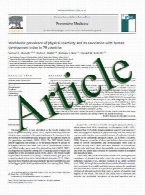

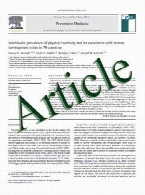
STAT3 and cardiac remodeling
Histopathology of the stimulate ...
A primary concern in the utilization of implantable neural interfaces for the treatment of medical diseases is to follow the Hippocratic dictum: Fir ...
TNFa in myocardial ischemia/rep ...
TNFa is crucially involved in the pathogenesis and progression of myocardial ischemia/reperfusion injury and heart failure. The formation and releas ...
A practical approach to imaging ...
Cardiac resynchronization therapy (CRT) is believed to benefit patients by primarily correcting heterogeneity in regional ventricular mechanical con ...
Arrhythmias and vagus nerve sti ...
Enhancing vagal tone by delivering electrical stimulation to the vagal nerves (VNS) is emerging as a promising novel therapy in heart failure. In ad ...
Multimodality imaging in the as ...
The prevalence of heart failure due to coronary artery disease continues to increase, and it portends a worse prognosis than non-ischemic cardiomyop ...
STAT3 and cardiac remodeling
Multiple in vitro and in vivo studies showed that the signal transducer and activator of transcription 3 (STAT3) protein is involved in cardiomyocyt ...
Echocardiographic prediction of ...
Echocardiography plays an important role in patient assessment before cardiac resynchronization therapy (CRT) and can monitor many of its mechanical ...
Inflammatory cytokines and nitr ...
In heart failure, an inflammatory response may occur. The relationship between inflammatory cytokines, NOS and heart failure progression remains unc ...
The role of cardiac magnetic re ...
Cardiovascular magnetic resonance imaging (CMR) plays an increasing role in the assessment of patients with various cardiovascular disorders. Given ...
Cellular and molecular pathways ...
Fibrosis is a fundamental component of the adverse structural remodeling of myocardium present in the failing heart. Replacement fibrosis appears at ...
The molecular fingerprint of ca ...
To date, cardiac resynchronization therapy remains the only treatment that enhances systolic function while improving long-term outcome and survival ...
Evidence for impaired vagus ner ...
Parasympathetic control of the heart via the vagus nerve is the primary mechanism that regulates beatto- beat control of heart rate. Additionally, t ...
Role of multimodality imaging i ...
Chronic heart failure (CHF) is a major and growing problem in the western hemisphere, affecting about 5 million patients in the United States. In da ...
Left ventricular remodeling in ...
As more patients survive myocardial infarctions, the incidence of heart failure increases. After an infarction, the human heart undergoes a series o ...
Methods of assessing vagus nerv ...
The methods used to assess cardiac parasympathetic (cardiovagal) activity and its effects on the heart in both humans and animal models are reviewed ...
Mechano-energetics of the async ...
Abnormal electrical activation of the ventricles creates major abnormalities in cardiac mechanics. Local contraction patterns, as reflected by measu ...
Sympathetic–parasympathetic int ...
Sympathetic–parasympathetic interaction plays a major role in the evolution and outcome of many cardiovascular disorders. Nonetheless, a thorough un ...
Past, present, and future of CR ...
Cardiac resynchronization therapy is a key nonpharmacological treatment strategy for drug-refractory moderate-to-severe symptomatic heart failure in ...
Effect of intravascular ultraso ...
Drug-eluting stent (DES) expansion characteristics after aggressive high-pressure post-dilation using a non-compliant (NC) balloon have not been ful ...
Utility of myocardial fractiona ...
Drug-eluting stents reduce restenosis due to neointimal growth suppression. Considering long-term outcomes, it is both difficult and important to pr ...
Role of ischemia-modified album ...
Ischemia-modified albumin (IMA) is a laboratory biomarker of cardiac ischemia. Our study aims to determine whether IMA can estimate or represent to ...
Impaired carotid artery elastic ...
Complex congenital heart diseases with abnormal formation of the aorticopulmonary septum are also associated with defective large artery elastogenes ...
Milk casein-derived tripeptides ...
Milk casein-derived tripeptides, valyl prolyl proline (VPP), and isoleucyl prolyl proline (IPP) inhibit angiotensin-converting enzyme (ACE) and both ...
Efficacy of paclitaxel-eluting ...
Hemodialysis patients were recognized as a high-risk group for restenosis after percutaneous coronary intervention in the era of the bare-metal sten ...
Measurement of platelet reactiv ...
Acetyl salicylic acid (ASA) and clopidogrel are extensively used in the prevention of cardiovascular disease. However, the responsiveness to ASA tre ...

